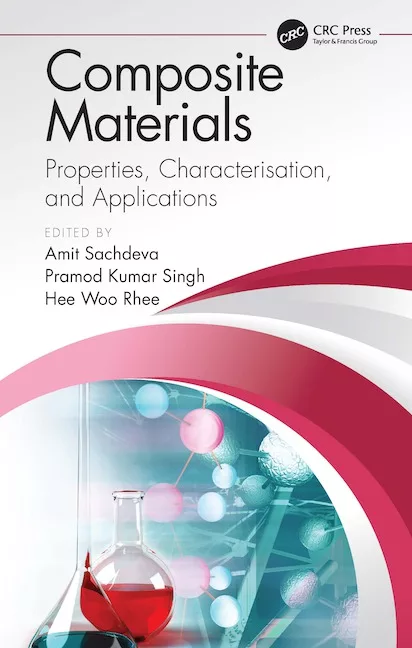ASTM Approves New Standards on Touch-Up Properties and Ink Stain Blocking
W. CONSHOHOCKEN, PA - ASTM International Committee D01 on Paint and Related Coatings, Materials and Applications, has approved two new standards that cover architectural coating touch-up properties and ink stain blocking of paint systems. Both new standards are under the jurisdiction of Subcommittee D01.42 on Architectural Coatings.
When a home is being constructed, paints are subjected to a wide variety of drying conditions, which can lead to differences in appearance between the original coat and subsequent touch-up areas after the paint has fully cured. A new standard, ASTM D7489, Practice for Evaluating Touch-Up Properties of Architectural Coatings Under Various Environmental Conditions, covers variations in color, gloss and sheen that impact the touch-up capacity of a paint.
According to Douglas Mall, D01.42 member and Architectural Coatings Applications and Formulation Development Specialist, UCAR Emulsion Systems and Monomers, ASTM D7489 brings together a variety of different testing protocols that have been used for touch-up evaluation.
“By using ASTM D7489, it will be easier for contractors to communicate with laboratories what conditions generated product failure, with a much better chance of the laboratory being able to replicate the failure and make changes that would correct the product deficiency,” said Mall. He also noted that the standard will be used by chemists in paint laboratories as well as technical service personnel in the field.
Future work on ASTM D7489 will include reproducibility and repeatability studies, especially in the area of spray application.
Paint companies and raw material suppliers will be able to use a new ASTM standard to assess the capability of architectural coatings for blocking ink stains from bleeding through to a topcoat. The standard, ASTM D7514, Test Method for Evaluating Ink Stain Blocking of Architectural Paint Systems by Visual Assessment, represents a compilation and synthesis of methods that are currently being used to evaluate stain blocking.
According to Neal Rogers, Group Leader, Research and Development, Cook Composites and Polymers Co., ASTM D7514 is the result of a survey taken by Subcommittee D01.42 of various methods for measuring the stain-blocking capabilities of coatings. “The development of ASTM D7514 provides a means to critically evaluate and differentiate between different resin technologies used in the manufacture of stain-blocking primers,” said Rogers.
Rogers notes that, while ASTM has a test method for the assessment of stain blocking tannins in wood (ASTM D6686, Test Method for Evaluation of Tannin Stain Resistance of Coatings), many coatings, particularly interior paints, are applied to previously painted surfaces rather than the bare wood that is covered by ASTM D6686.
Looking for a reprint of this article?
From high-res PDFs to custom plaques, order your copy today!






